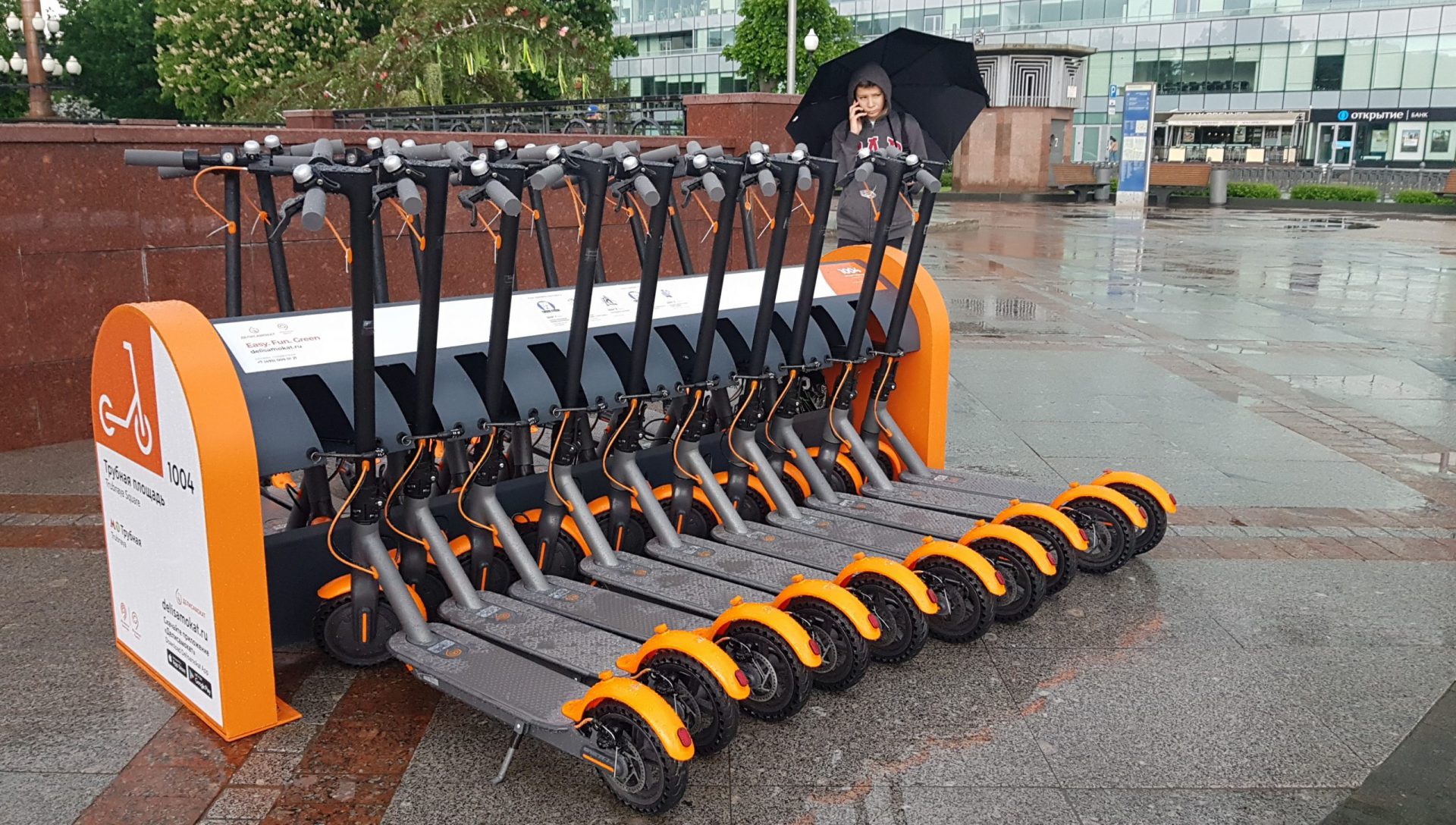
Mobility is the lifeblood of our cities. Everyday road and rail carry people to work and play in their millions. Parents drive kids to school. Trucks deliver food and carry away waste.
Yet, city arteries can become blocked too often. Our urban areas are congested, noisy and polluted. And it’s getting worse.
But wait.
In the not-too-distant future, our streets may look and sound very different. It will be much quieter. Electric motors are replacing noisy internal combustion engines. Inside the vehicle, there’s no driver. Folks are busy working or socializing. It may sound like science fiction, but several megatrends are set to take off over the next decade.
Electric vehicles or EV-shared mobility. That’s when people get together to share rights. Self-driving autonomous vehicles and connectivity. These trends, coupled with adjacent disruptions, distributed power generation, urbanization of the global population and investments in public transport will transform today’s mobility systems.
What will mobility in our cities look like?
This depends on population density, infrastructure and the wealth of the inhabitants. Critically, it also hinges on the uptake of mega technology trends and how they work best in each city. Each trend will bring immense change individually. Together they could transform the way our cities work.
More vehicle sharing may accelerate electrification as mileage costs for ride-sharing in a self-driving vehicle could provide an on-demand door-to-door service up to 60% cheaper than owning your own car. Such trends will play out differently in each city. We will often see urban mobility systems that continue on their present trajectory.
However, disruption is coming to some urban areas. And we anticipate up to 50 cities home to 500 million people will see accelerated adoption of advanced mobility systems based on an integrated mix of innovative technology and new business models. In emerging dense metropolitan areas like Bangalore, Jakarta, and Mexico City, continuing rapid urbanization and urgent congestion and pollution concerns may prompt a dramatic shift to shared mobility and cleaner transport modes.
We call this future system clean and shared.

Starting with low speed two and three-wheelers, mandatory electrification would reduce emissions. Restricted private ownership encourages greater vehicle sharing but still with human drivers. Basic infrastructure adjustments with some vehicle connectivity and autonomy could enhance safety and traffic flows. In higher-income suburban areas Houston, Los Angeles, and Perth, the continuing private cars favor a private autonomy system, as consumers rapidly embrace new technologies. But individual ownership remained central to the mobility experience.
Autonomous electric cars could usually be shared across the family. Dedicated road space and demand-driven pricing would combat congestion. A more advanced system may emerge in high-income dense metropolitan areas Hong Kong, London, Singapore facilitated by smart software platforms and traffic flow management seamless mobility integrating self-driving shared vehicles with a high-quality public transit system to provide door-to-door on-demand multimodal travel that’s flexible, cleaner and cheaper.
By 2030 society benefits could be 2.5 billion dollars. If all 50 metropolitan areas achieved one of these three future states, cumulative societal benefits could reach more than half a trillion dollars globally. Up to 2800 dollars per person for clean and shared mostly through improved safety. 3300 dollars per person for private autonomy. This will boost 2030 GDP by 9.9%. And double this, that’s 7400 dollars per person for seamless mobility. Boosting 2030 GDP by 3.9%.
Some of the benefits that you and I would enjoy are:
- Time freed up to work or socialize instead of driving the car
- Reduced congestion
- Improved air quality
Certainly, businesses and governments have to figure out answers to lots of questions. Who will run city transit networks? What about fuel and power taxes? Will there be infrastructure and Road pricing?
By 2030 EVs could represent 3 % of global electricity demand and nearly 4 % in Europe.
What will this mean as we switch to solar and offshore wind power?
The future for the automotive sector, oil and gas will look very different as the dominance of the internal combustion engine fates burst for tech companies, a world of opportunity awaits.


